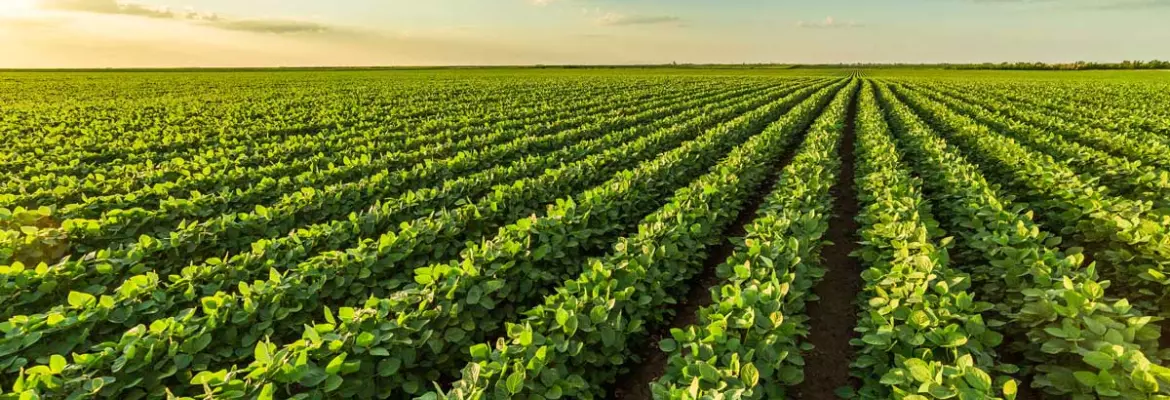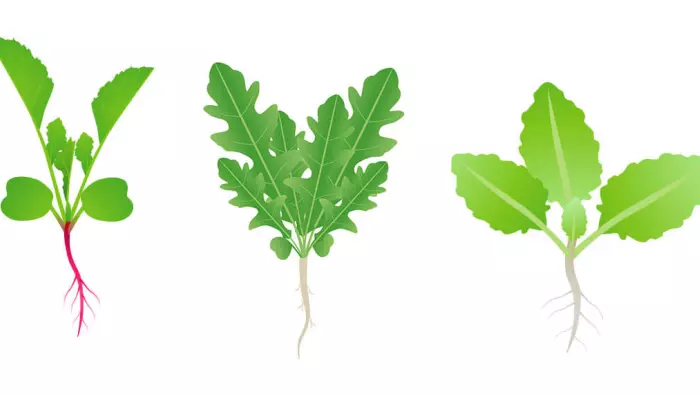
Soybeans are part of the legume family. They are mainly used for animal feed. Like most legumes, they are very beneficial for the next crop because they take in nitrogen from the air and release it into the soil. This provides significant savings on inputs. But before planting, it is necessary to consider the other crops in the rotation, particularly the ones that precede.
Cover crops before a legume crop: avoid legumes!
Common sense dictates that the crop before soybeans should not be from the same botanical family. This means avoiding leguminous cover crops such as vetch, clover and peas, etc. These crops often enrich the soil with nitrogen, which they take from the air through the process of symbiosis with rhizobium. As soybeans are also a legume, there's no need to add more nitrogen than necessary. In addition, there is a risk of contamination by the fungus sclerotinia, as with certain other families, such as:
- Brassicas with mustard or radish.
- Mixes with sunflower or nyger.

Crucifers from left to right: radish, rocket and cabbage

from left to right phacelia and sunflower
The fungus is a white mold that appears at the flowering node. The whole plant eventually dries out. Black sclerotia appear at the end of the cycle. Opt for a mix of species, such as grasses, with phacelia for instance. Oats, rye, foxtail millet, or sorghum are also excellent pre-soybean cover crops. They are also known to be good nitrate-fixing crops, which can prevent the effects of nitrogen leaching into the soil in autumn.
If the cover crop does include legumes
If your cover crop mix includes legumes, it’s generally recommended to combine them with grasses or brassicas to improve soil coverage, nutrient cycling and reduce the risk of nitrogen leaching. When planting soybeans after a legume cover crop, the choice of soybean variety is important for managing disease risk. Select varieties with resistance to lodging and white mold (Sclerotinia stem rot), especially in moderate to deep soils or fields with irrigation, where disease pressure is higher. In high-risk conditions, using wider row spacing and higher plant populations can help reduce canopy humidity and limit fungal development. Always consult local extension services or agronomists for variety recommendations and disease management strategies.
Which species should be sown first in the rotation?
Similarly, avoid using main-crop species in the rotation that transmit diseases to soybeans. Corn and beet can cause rhizoctonia contamination, and corn borers thrive if maize residues are not shredded and buried before planting soybeans. Use certified seeds in order to avoid introducing undesirable, albeit rare, species such as Diaporthe, which is recognized by its rows of black spots on the stems. Concerning mildew, despite being visible and frequent, does not affect plant yield.
